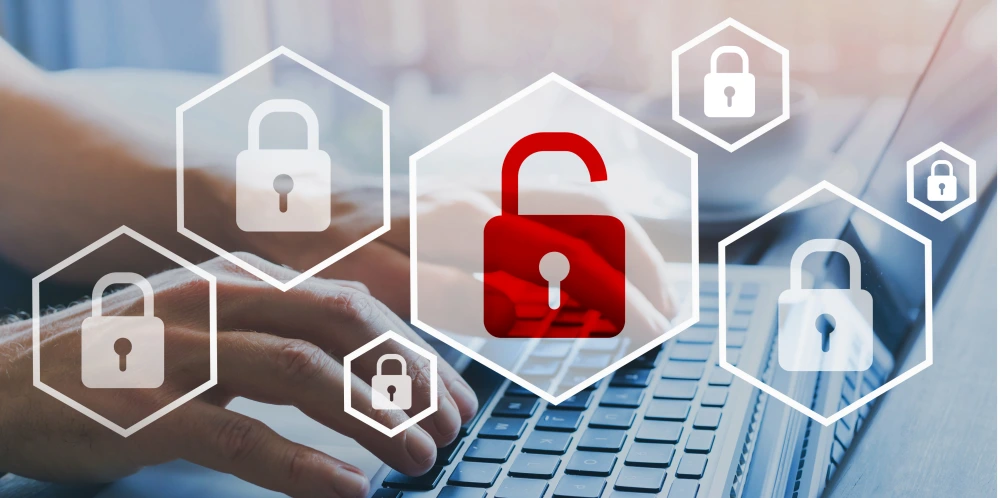Microsoft Network Breach
A Case Study in Password-Spraying by Russian-State Hackers
In a high-profile cybersecurity incident, Microsoft’s network was recently compromised through a sophisticated technique known as password-spraying, attributed to Russian-state hackers. This breach serves as a stark reminder of the constant and evolving threats in the digital landscape, particularly from state-sponsored actors. This article examines the details of the breach, its implications, and key takeaways for organizations seeking to strengthen their cybersecurity posture.

The Breach Explained
Password-spraying differs from traditional brute-force attacks by attempting commonly used passwords across many accounts before trying a second password, thereby avoiding account lockouts that usually happen after multiple failed login attempts. In Microsoft’s case, this method allowed hackers to access a system that typically relies on strong security measures.
Russian-State Hackers’ Involvement
The sophistication and scale of the attack point to a well-organized, state-sponsored group. Russian-state hackers, known for their advanced cyber capabilities, were identified as the perpetrators, signaling a rise in politically motivated cyberattacks.
Impact on Microsoft and Its Users
The breach had significant implications for Microsoft, including potential access to sensitive data and customer information. It also raised broader concerns about the security of similar networks and the data they hold.
Response and Mitigation
Microsoft’s response involved a swift investigation, patching the exploited vulnerabilities, and notifying affected users. They also recommended stronger authentication methods, such as two-factor authentication (2FA), and more robust password policies.

Lessons Learned and Best Practices
- Implement Strong Password Policies: Use complex passwords and consider password management tools.
- Enable Multi-Factor Authentication (2FA): This adds an extra layer of security beyond just passwords.
- Implement Advanced Email Security Solutions: Utilize business email security systems that include phishing detection, spam filters, and domain authentication.
- Regularly Update and Patch Systems: Keep all software and systems up-to-date to mitigate vulnerabilities.
- Employee Education and Training: Educate staff about cybersecurity best practices and the importance of strong passwords.
- Monitor for Suspicious Activities: Regularly check for unusual access patterns or login attempts.
The Microsoft network breach is a reminder of the ever-present threat of state-sponsored cyberattacks and the importance of robust cybersecurity measures. Organizations must adopt a proactive approach to security, continually updating their defenses and educating their employees. In today’s interconnected world, cybersecurity is not just an IT issue but a fundamental aspect of organizational resilience.
Back to Articles/Blog



